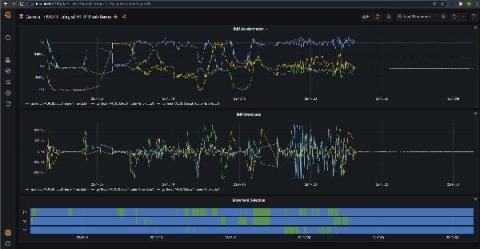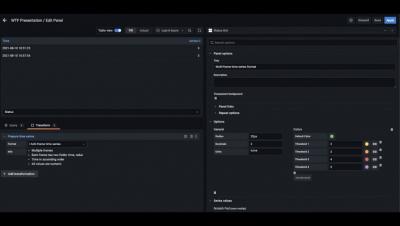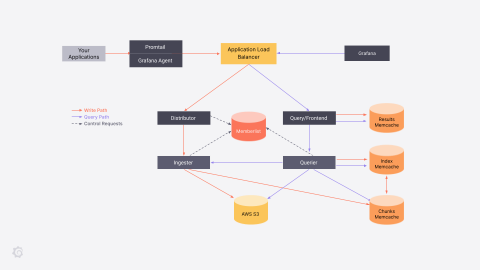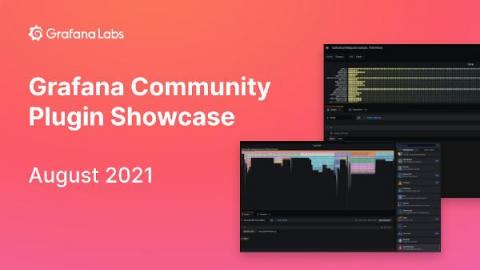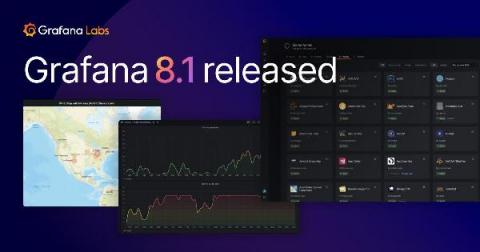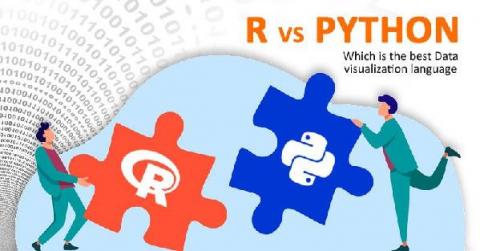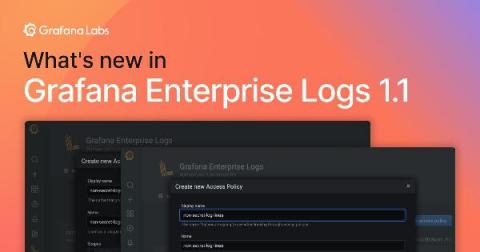Streaming real-time Telegraf metrics using Grafana Live
A typical IoT application with any physical system or process in the field can have hundreds of on-site sensors generating copious amounts of data every second and possibly communicating in several different protocols.

